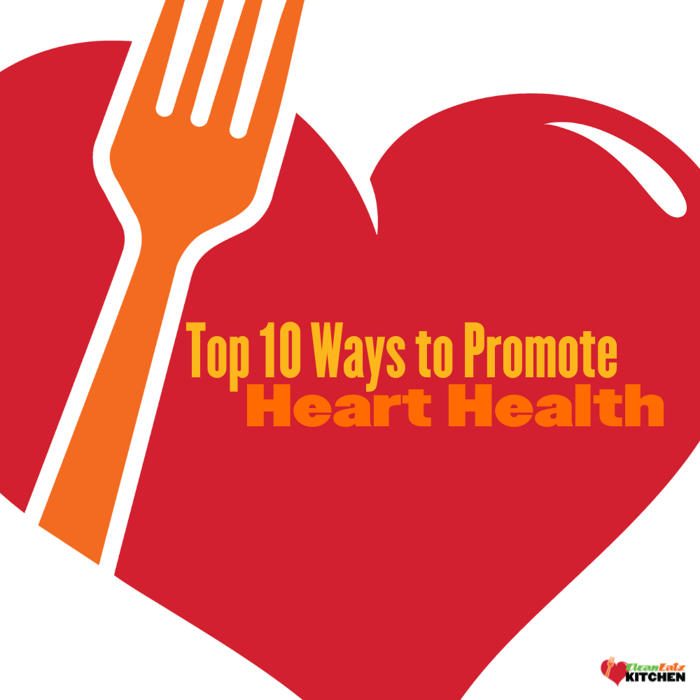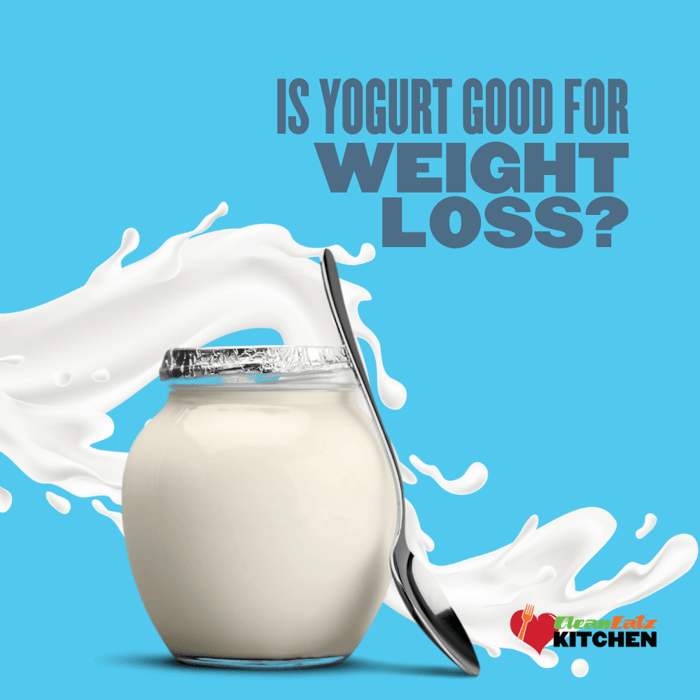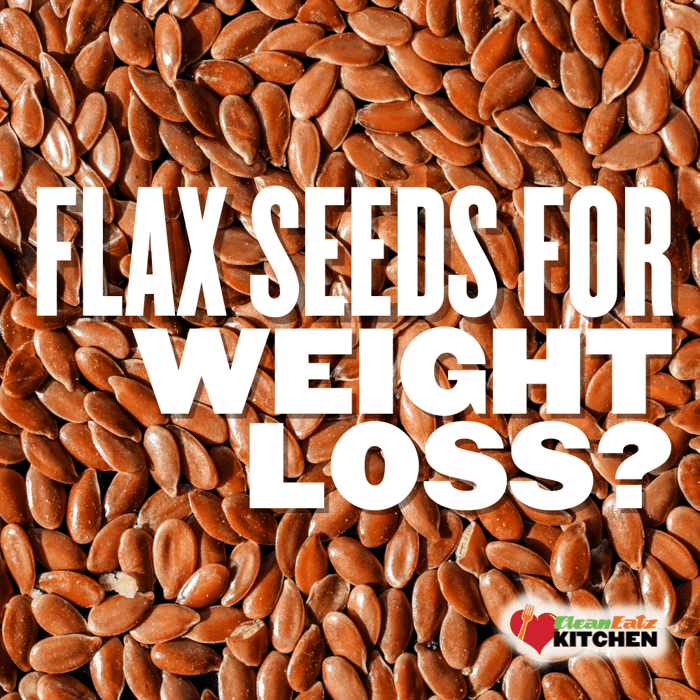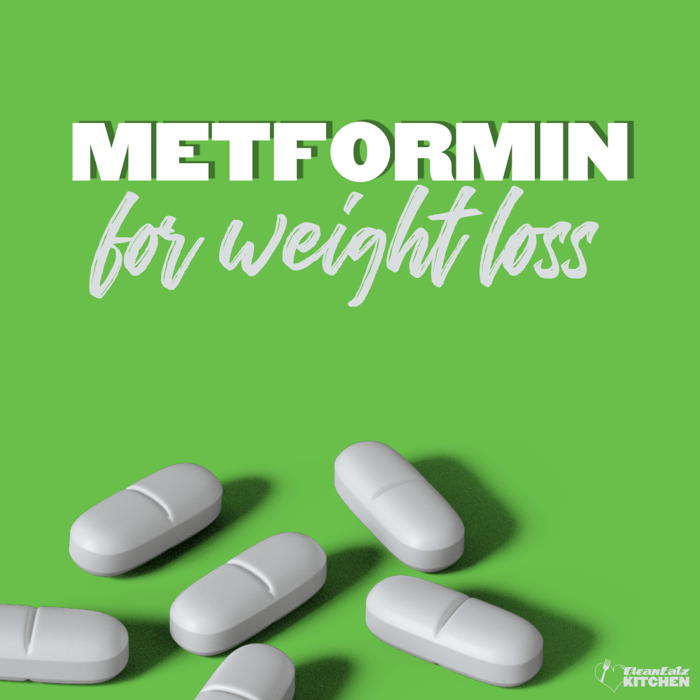Top 10 Ways to Promote Heart Health (2026)

Crystal Zabka-Belsky, MS, RDN, CSSD, LMNT, LDN
Nutrition
|
Healthy Lifestyle
09/29/2025 1:54pm
5 minute read
1) Eat a heart-healthy pattern
Center meals on vegetables, fruits, legumes, nuts, whole grains, fish, and olive/other non-tropical oils; limit sodium, added sugars, saturated fat, and highly processed foods. A Mediterranean/DASH-style pattern aligns with AHA guidance and supports blood pressure, lipids, and weight. Aim to keep sodium ≤2,300 mg/day (ideal ~1,500 mg for most adults) and added sugar ≤6% of calories. Include fiber-rich whole grains (3+ servings/day). 6, 7, 8, 9, 10
Helpful CEK reads: What is the DASH Diet? · Sugar facts & smart swaps · High-protein guide
2) Move most days (+2 strength)
Adults should get 150–300 minutes of moderate or 75–150 minutes of vigorous activity weekly, plus muscle-strengthening ≥2 days/week. Break it up—walks count. 2
Helpful CEK reads: How much exercise per day? · Walking for weight loss · Why cardio helps your cells
3) Manage weight & waist
Keeping weight in a healthy range supports BP, glucose, and lipids—key parts of AHA’s Life’s Essential 8. Pair a calorie target with protein and movement you’ll keep doing. 1
Helpful CEK reads: Set calorie goals · Choosing a weight-loss program · CEK meal plans
4) Know & control blood pressure
BP categories: Normal <120/<80, Elevated 120–129/<80, Stage 1: 130–139 or 80–89, Stage 2: ≥140 or ≥90. Screen regularly and confirm elevated readings with home or ambulatory monitoring. Use a validated home upper-arm cuff. 11, 3, 12
5) Check cholesterol (LDL-C/ApoB)
High LDL-C is a major driver of atherosclerosis. Review your lipid panel (and consider ApoB where appropriate) and discuss treatment. Statins are recommended for many adults 40–75 with risk factors and ≥10% 10-yr risk; others may be considered at 7.5–10%. Nonstatins (ezetimibe, PCSK9, bempedoic acid, inclisiran) can help if goals aren’t met. 13, 14
6) Manage blood sugar
Prediabetes raises CVD risk—take the 1-minute CDC risk test and confirm with your clinician. The ADA’s 2025 Standards emphasize lifestyle, weight management, sleep, and cardiometabolic risk reduction. 15, 16
7) Prioritize sleep (7–9 hours)
Adults should average 7–9 hours/night; sleep is one of AHA’s Essential 8. Inadequate sleep is linked to higher cardiometabolic risk. 17, 1
8) Avoid nicotine (smoking & vaping)
Nicotine and tobacco use increase BP, damage vessels, and raise CVD risk. Quit tools and support improve success rates. 18, 19
9) Alcohol: less is better
AHA guidance: if you drink, do so in moderation—don’t start for health benefits. A 2025 scientific statement notes reducing/avoiding alcohol can lower risk for conditions like hypertension. 5, 20
10) Tame stress & build support
Negative psychological health is linked with higher CVD risk; stress-management, movement, sleep, and social connection help. 21
Bonus: Team up with your clinician
Review family history and risk annually, keep vaccinations current, and use a shared plan to hit BP, LDL-C, A1c, and weight targets. Try the ASCVD Risk Estimator Plus with your provider. 4
FAQs
How much should I exercise for heart health?
Aim for 150–300 minutes of moderate activity (or 75–150 minutes vigorous) weekly, plus 2 strength days. Break it into doable chunks. 2
What’s a healthy daily sodium limit?
Keep sodium ≤2,300 mg/day; an ideal target for most adults is ~1,500 mg/day. Cutting even 1,000 mg/day helps blood pressure. 7
Should I take daily aspirin to prevent a first heart attack?
Not routinely. USPSTF recommends against starting aspirin at age ≥60 for primary prevention; ages 40–59 with ≥10% 10-year risk should decide individually with a clinician. 22
References
- American Heart Association — Life’s Essential 8 overview. heart.org.
- CDC — Adult Physical Activity Guidelines (150–300 min + 2 strength days). cdc.gov.
- USPSTF — Screening for hypertension in adults; confirm high readings outside clinic. uspreventiveservicestaskforce.org.
- ACC/AHA — ASCVD Risk Estimator Plus (tool). acc.org.
- AHA Scientific Statement (2025) — Alcohol & cardiovascular disease. Circulation.
- AHA — Diet & Lifestyle Recommendations (pattern-based guidance). heart.org.
- AHA — Daily sodium: ≤2,300 mg; ideal ~1,500 mg for most adults. heart.org.
- AHA — Added sugars: ≤6% of calories (≈6 tsp women/9 tsp men). heart.org.
- AHA — What is the Mediterranean Diet? heart.org.
- AHA — Whole grains & fiber (3+ servings/day). heart.org.
- ACC/AHA — Adult BP categories (normal/elevated/stage 1/stage 2). acc.org.
- ValidateBP — List of home BP devices validated for accuracy. validatebp.org.
- USPSTF (2022) — Statins for primary prevention (B: ≥10% risk; C: 7.5–10%). uspreventiveservicestaskforce.org.
- ACC (2022) — Expert pathway on nonstatin LDL-C therapies (ezetimibe, PCSK9, bempedoic acid, inclisiran). acc.org.
- CDC — Prediabetes risk test (1-minute). cdc.gov.
- ADA — Standards of Care in Diabetes (2025). professional.diabetes.org.
- AHA Life’s Essential 8 — Healthy sleep (7–9 h adults). heart.org.
- AHA — How smoking/nicotine damage your body (CVD risks). heart.org.
- AHA — Quit smoking, vaping & tobacco use (resources). heart.org.
- AHA — Alcohol & heart health: “don’t start for health benefits.” heart.org.
- AHA — Stress and heart health (mind-heart link). heart.org.
Educational content only; not medical advice.



